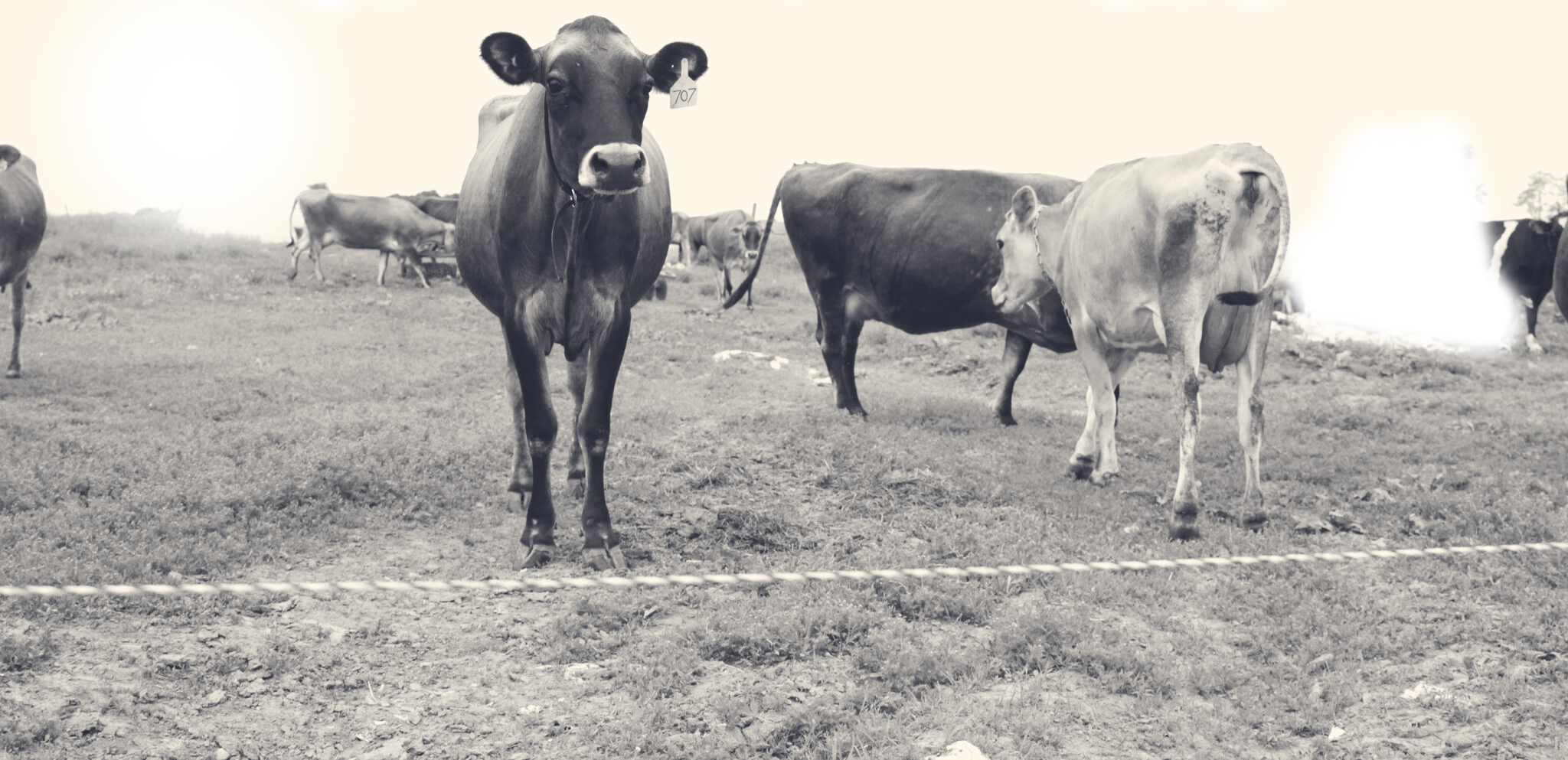They are very different. The best way to describe what we do is to more thoroughly describe the processes below.
Vat Pasteurization is the process of heating milk gently with slow stirring in a large vat using lower temperatures and much longer times than conventional milk. Ithaca Milk developed its processing techniques based upon proven old-world concepts that minimize the processing steps while leaving the milk in a more natural state that results in a creamier, richer taste.
Homogenization is the mechanical process of making the cream molecule short one with blunt ends; this mechanical process allows the cream to dissolve into the milk. Because cream is naturally a long molecule with sticky ends the cream (which is un-homogenized) will naturally rise to the top over time. As a result of not homogenizing, our products have a rich natural layer of cream on top. Milk that is homogenized does not have that rich cream layer on top. Our cream on top milk, all yogurts, all cheese are not homogenized.
For milk, pasteurization is the process of heating the milk to kill bacteria. Pasteurizing milk makes it safer to drink and increases shelf life. Most milk consumed in the US uses HTST or UHT pasteurization which involves heating the milk to high temperatures ~170˚ F for short periods of time ~15 sec. Ithaca Milk using a slow food technique, heats the milk for much longer (30 min) at a lower temperature 145˚F allows the milk to retain more of its original flavor and actually improves shelf life over HTST . We use a traditional process known as vat pasteurization.
We use Jersey Cows because their milk has a distinctly sweet creamy flavor. The Jersey breed of cattle first came to the United States from the English Isle of Jersey. These small brown cows are known for cute stature and gentle nature. However their real value is the unique cream-colored milk higher in protein and creamier than other breeds. The fat globules in Jersey milk are longer than in other breeds of dairy cow and cause the cream to rise to the top better. These qualities make our final milk, yogurt, butter and cheese uniquely delicious and satiating.
We now offer a homogenized Holstein milk for: i) the traditional non-traditionalists, ii) baristas who fear heterogeneity in their milk, and iii) the chefs whose recipes require homogenized milk. Holsteins are the iconic black and white cows that are most popular in the dairy industry today. However, Holsteins have been an important part of New York State's dairy landscape for centuries. The first record of imported Holstein cows was in 1795 and. This milk is homogenized to provide our customers with a very familiar smooth-textured white milk. Our entire vat pasteurized, homogenized milk comes from small family farms raising Holstein cows.
In Europe, Water Buffalo Milk is used to make the delicacy Water Buffalo Mozzarella. We like Water Buffalo milk it is higher in protein and lower in saturated fat than cow's milk, therefore, naturally making a thick Greek-like yogurt without having to strain the yogurt. The result is zero waste, and 100% natural, thick yogurt, that is smooth and not sour with lower acidity than Greek yogurt.
Because the way we fill and make our yogurt the flavors, which are heavier than the milk settling to the bottom during the incubation process. The best way to get the same flavor is to mix the product. Some folks like to have a gradient of the flavor, but really the best way to enjoy our product is up to you!
Thanks for asking. The great thing about our yogurt is if you're looking for something that is lower than 1% fat, simply disregard the cream layer.
Our cows and water buffalo have access to the outdoors and indoor shelter year round. Basically it is their decision when to go out and come in. In the wintertime they go outside when it is sunny and come indoors when it is very snowy and windy. They eat pasture while the grass is growing, which is longer than you might think, and eat hay from our pastures and neighboring hay fields.

